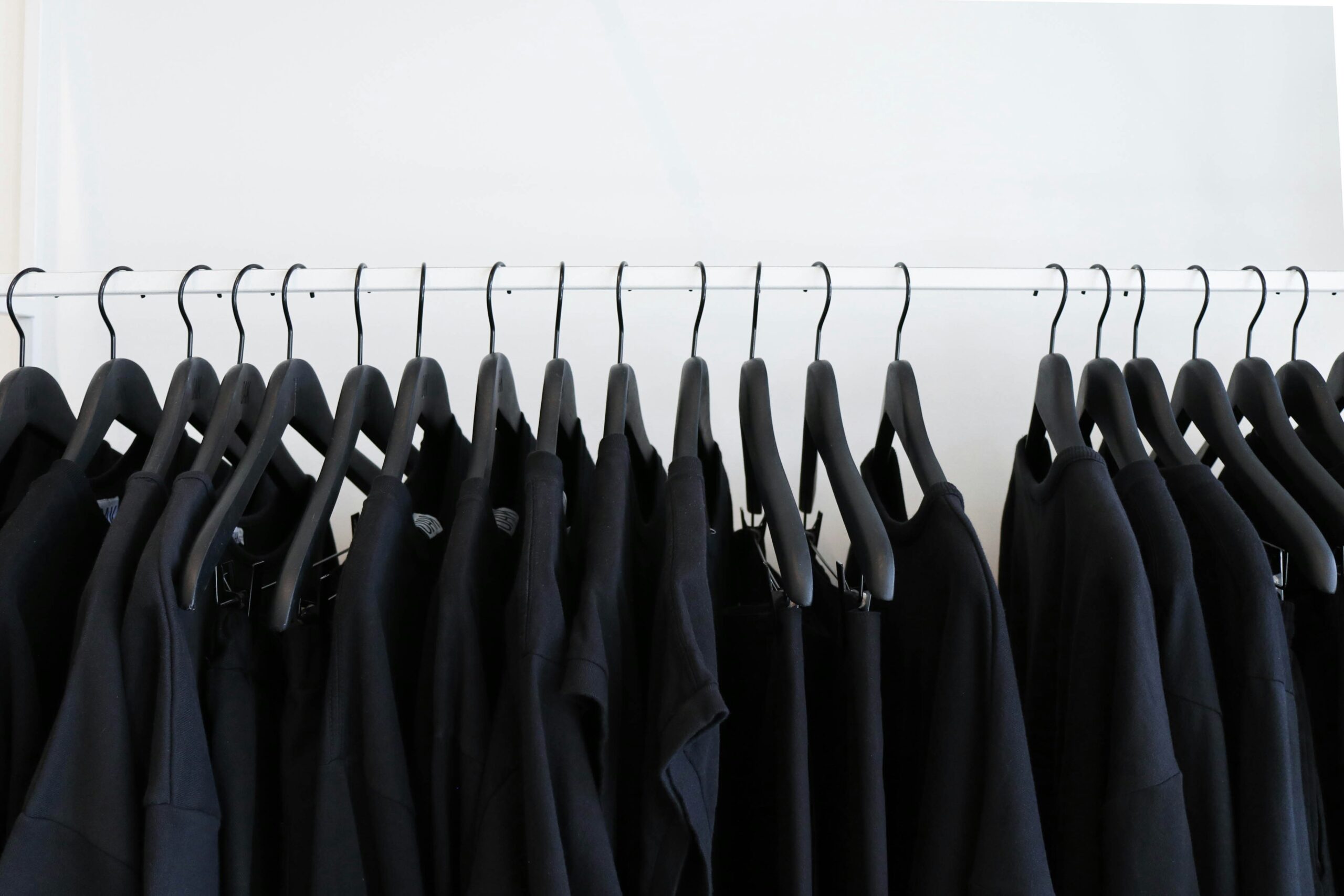Imagine yourself sitting by a serene lake, the sound of the gentle breeze rustling the leaves and the soothing symphony of chirping birds filling the air. As you prepare to cast your line into the glistening water, a question crosses your mind – can I wear camouflage clothing in any fishing location? In this article, we will explore the pros and cons of donning camouflage attire in various fishing spots, shedding light on whether this particular fashion choice can make a difference in your angling success. So, grab your fishing gear and get ready for an informative journey into the world of camouflage clothing and fishing.

Understanding the Purpose of Camouflage Clothing in Fishing
The logic behind camouflage in fishing
Camouflage clothing serves a crucial purpose in fishing. It is designed to help you blend into your surroundings, making it easier to approach fish without alarming them. The main concept behind camouflage is to disrupt your outline and mimic the natural patterns and colors of the environment. By effectively blending in, you increase your chances of getting closer to the fish without spooking them.
Advantages of wearing camouflage while fishing
Wearing camouflage clothing while fishing offers several advantages. Firstly, it enhances your concealment, making it more difficult for fish to detect your presence. This can be especially beneficial when fishing in clear waters where fish have excellent vision. Camouflage clothing also minimizes glare and reflection, further reducing the chances of alerting fish to your presence. Additionally, wearing camouflage can provide a psychological advantage by boosting your confidence and concentration, allowing you to focus more on your fishing techniques.
Regional Laws Regarding Camouflage Clothing for Fishing
Countries or regions with strict rules about camouflage
It is essential to be aware of the regional laws and regulations regarding the use of camouflage clothing while fishing. Certain countries or regions prohibit the use of camouflage due to concerns related to public safety and security. As a result, wearing camouflage clothing in these areas can lead to legal consequences and hefty fines. Examples of such countries include Barbados, Jamaica, Saudi Arabia, and Mauritius.
Understanding why these laws exist
The laws and regulations restricting the use of camouflage clothing in fishing are primarily in place to maintain public safety and prevent potential misuse. Camouflage patterns have historically been associated with military personnel, and prohibiting their use in public spaces aims to avoid confusion or the perception of a potential threat. By enforcing these laws, governments can prevent misunderstandings or panic that may arise when individuals wearing camouflage clothing are mistaken for armed individuals.
Consequences of violating these laws
Violating camouflage clothing laws can have serious consequences. In countries or regions with strict regulations, individuals found wearing camouflage clothing while fishing can face fines, confiscation of equipment, and even criminal charges. It is essential to research and familiarize yourself with the local laws before heading out to fish in a new location to ensure you stay on the right side of the law.
Camouflage in Different Fishing Environments
Importance of choosing the right camouflage for specific environments
Choosing the appropriate camouflage pattern for your fishing environment is crucial for optimal concealment. Different environments, such as freshwater lakes, saltwater shores, or dense forests, require different camouflage designs to blend effectively. Matching your clothing to the specific environment helps to ensure that you remain undetectable by fish, increasing your chances of a successful fishing outing.
Matching camouflage to various water types
When fishing in different water types, adjusting your camouflage pattern accordingly can greatly enhance your concealment. In clear waters, choose camouflage clothing that resembles rocks, sand, or shallow water vegetation. For murky or muddy waters, opt for patterns that imitate debris, silt, or aquatic vegetation. By matching your clothing to the water type, you can effectively merge with the surroundings, making it harder for fish to spot you.
The effect of season and surroundings on camouflage
Seasonal changes and surrounding vegetation can significantly impact the effectiveness of your camouflage. Adapting your clothing according to these factors can make a substantial difference in your ability to remain hidden. For example, during autumn, wearing camouflage with earth tones and foliage patterns blends in seamlessly with the changing colors of the surroundings. Similarly, in dense forests, choose patterns that mimic tree bark and foliage to help you disappear among the trees.
Examples of suitable camouflage patterns for various fishing locations
Depending on your fishing location, different camouflage patterns may be more suitable. In coastal areas, maritime camouflage with blue and green tones resembling the ocean can be effective. In marshes or wetlands, opt for camouflage clothing with reed or cattail patterns to match the surrounding vegetation. For open water or mountainous environments, a camouflage pattern with rock or alpine elements can provide excellent concealment. Researching and selecting the right camouflage pattern for your specific fishing location is essential for optimal results.
Potential Ethical Concerns Regarding Camouflage Clothing in Fishing
Views on using camouflage for unfair advantage in fishing
While camouflage clothing can provide advantages in fishing, some individuals raise concerns about its potential for providing an unfair advantage. Fishing is often considered a sport that relies on skill, technique, and knowledge of fish behavior. Arguments against wearing camouflage suggest that it may give certain anglers an unfair advantage by making it easier to approach and catch fish unnoticed.
Possible effects on fish population
Another ethical concern related to camouflage clothing in fishing stems from the potential impact on fish populations. By effectively concealing oneself, it becomes easier to catch a larger number of fish within a shorter time frame. This raises concerns about overfishing and the sustainability of fish populations in certain areas. It is crucial for anglers to practice responsible fishing techniques, adhere to fishing regulations, and prioritize conservation efforts to mitigate these potential effects.
Perspective from environmental conservationists
Environmental conservationists often advocate for responsible fishing practices that prioritize the well-being and preservation of aquatic ecosystems. From their perspective, camouflage clothing can pose ethical concerns when it is used solely for the purpose of exploiting natural resources without considering long-term conservation efforts. It is essential to strike a balance between enjoying the sport of fishing and ensuring the sustainability and protection of fish populations and their habitats.

Impact on Wildlife
Possible disturbance to wildlife caused by camouflage clothing
While the primary goal of camouflage clothing is to go unnoticed by fish, it is crucial to consider its potential impact on other wildlife in the area. Camouflage patterns and movement that mimic natural predators can disturb or alarm other species, disrupting their natural behavior and potentially causing stress or harm. It is important to be aware of your surroundings and minimize any unintended disturbances while wearing camouflage when fishing.
Ensuring minimal impact on wildlife while fishing
To minimize the impact on wildlife while wearing camouflage while fishing, it is essential to practice responsible and considerate behavior. Avoid excessive movement, especially rapid and erratic actions that can startle or scare wildlife. Keep noise levels to a minimum and respect the natural habitat of the fish and other animals. By being mindful of your actions and surroundings, you can enjoy fishing while minimizing any negative effects on the wildlife in the area.
Safety Considerations
Safety risks of wearing camouflage in certain environments
While camouflage clothing can provide certain advantages in fishing, it is crucial to consider safety risks associated with wearing camouflage in particular environments. In areas where hunting is permitted or where there may be military operations, wearing camouflage clothing can lead to potentially dangerous situations. Camouflage can cause confusion, especially when there are regulations prohibiting its use in certain areas. It is important to prioritize safety and be aware of the potential risks associated with wearing camouflage in specific environments.
Importance of visibility and identification while fishing
Maintaining visibility and being easily identifiable is essential for a safe fishing experience. Other anglers, boaters, or authorities need to be able to recognize you as a fellow angler and not mistake you for someone who poses a threat. Wearing bright or reflective clothing and displaying appropriate identification markers, such as fishing licenses, can help ensure your safety and prevent any misunderstandings.
Balancing the benefits of camouflage with safety measures
While there are benefits to wearing camouflage while fishing, it is crucial to balance those advantages with safety measures. Before deciding to wear camouflage, assess the environment and determine whether it is a suitable and safe choice. If there are any potential risks or concerns regarding safety, it may be more prudent to prioritize visibility and choose clothing that allows you to be easily identified.

Etiquette of Wearing Camouflage Clothing While Fishing
Respecting other anglers
When wearing camouflage clothing while fishing, it is important to respect the experiences and preferences of other anglers. Some individuals may have strong opinions about the use of camouflage, so it is essential to be considerate and understanding of differing perspectives. Avoid engaging in confrontations or debates about the choice to wear camouflage and focus on enjoying your fishing experience in a respectful manner.
Respecting the fishing location
Along with respecting other anglers, it is crucial to show respect for the fishing location. This includes adhering to any regulations or restrictions specific to the area and practicing responsible fishing techniques. Avoid littering, do not disturb the natural habitat, and leave the area as clean as or cleaner than you found it. By showing respect for the fishing location, you contribute to preserving the environment and ensuring that future anglers can enjoy the same experience.
Appropriate behavior while wearing camouflage
While wearing camouflage, it is important to behave in a manner that aligns with the principles of responsible fishing. This includes practicing catch-and-release techniques when necessary, handling fish with care, and respecting size and bag limits. Avoid engaging in activities that may harm the fish or disrupt the overall ecosystem, as this can undermine the conservation efforts of the fishing community.
Benefits of Wearing Civilian Style Camouflage clothing in Various Fishing Locations
Diverse designs and patterns of civilian camouflage
Civilian-style camouflage clothing offers a wide range of designs and patterns suitable for various fishing locations. These patterns incorporate natural tones and textures, allowing you to blend seamlessly with your surroundings. Whether you are fishing in wooded areas, grassy plains, or open waters, there is a civilian camouflage pattern that can provide excellent concealment.
Advantages of civilian camouflage in different fishing scenarios
Civilian-style camouflage clothing offers several advantages in different fishing scenarios. It allows you to effectively blend in with the environment while remaining in compliance with any regional laws or regulations. Civilian camouflage patterns are typically designed with the purpose of enhancing concealment in recreational activities such as hunting and fishing. By utilizing civilian-style camouflage, you can benefit from its effectiveness without raising concerns or confusion associated with military-style patterns.
Choosing the right pattern and color for your fishing adventure
When selecting civilian-style camouflage for your fishing adventure, consider the specific environment and conditions you will encounter. Choose a pattern that closely resembles the natural elements of your fishing location, such as vegetation, rocks, or water features. Pay attention to the color palette as well, ensuring it matches the dominant colors of your surroundings. By carefully selecting the right pattern and color, you can maximize your concealment and increase your chances of a successful fishing experience.
Debunking Myths surrounding Camouflage Clothing in Fishing
Clarifying misconceptions about advantages of camouflage
There are several common misconceptions surrounding the advantages of camouflage clothing in fishing. One misconception is that wearing camouflage makes fish completely unable to detect you. While camouflage can increase your chances of remaining undetected, fish have other sensory systems besides vision that they use to detect predators. It is important to understand that camouflage is a tool that improves concealment, but it does not guarantee foolproof invisibility.
Science behind visual perception of fishes
Understanding the science behind the visual perception of fish can help clarify the limitations of camouflage. Fish have different types of photoreceptor cells in their eyes, which allow them to see different colors and detect movement. Certain fish species are particularly sensitive to movement, and even if they cannot see the exact details of an angler’s camouflage clothing, sudden or erratic movements can still alert them to potential danger. It is important to remain motionless and exercise caution even when wearing camouflage.
Making the Right Choice: When to Wear Camouflage and When Not To
Assessing the fishing situation
To make an informed decision about whether to wear camouflage, it is essential to assess the fishing situation. Consider factors such as the fishing location, fishing methods, and local laws. If the fishing location allows for the use of camouflage and the conditions favor its effectiveness, wearing camouflage may be a suitable choice. However, if there are safety concerns, legal restrictions, or social factors involved, it may be more appropriate to prioritize other aspects such as visibility and identification.
Weighing the pros and cons
Before deciding to wear camouflage or opting for alternative clothing, weigh the pros and cons based on the specific circumstances. Consider the potential advantages of increased concealment provided by camouflage, along with the ethical considerations, safety risks, and compliance with regional laws. By carefully considering the various factors at play, you can make a balanced decision that aligns with your priorities and the requirements of the fishing situation.
Key considerations before deciding to wear camouflage
When making the decision to wear camouflage, there are several key considerations to keep in mind. Firstly, ensure that the fishing location permits the use of camouflage and that you comply with any legal requirements. Assess the potential safety risks associated with your chosen fishing spot and evaluate whether wearing camouflage may increase those risks. Finally, consider the ethical implications and environmental impacts of using camouflage in fishing and ensure that your actions align with responsible fishing practices. Ultimately, the decision to wear camouflage should be based on a thoughtful evaluation of these factors.
In conclusion, understanding the purpose and considerations of wearing camouflage clothing in fishing is crucial for having a successful and responsible angling experience. By comprehending the logic behind camouflage, adhering to regional laws, selecting the right camouflage for different environments, and considering ethical, safety, and wildlife factors, you can make informed decisions that prioritize both your fishing goals and the preservation of our natural resources. Remember to weigh the benefits of camouflage against other considerations and always practice responsible angling etiquette to ensure the enjoyment of fishing for generations to come.

